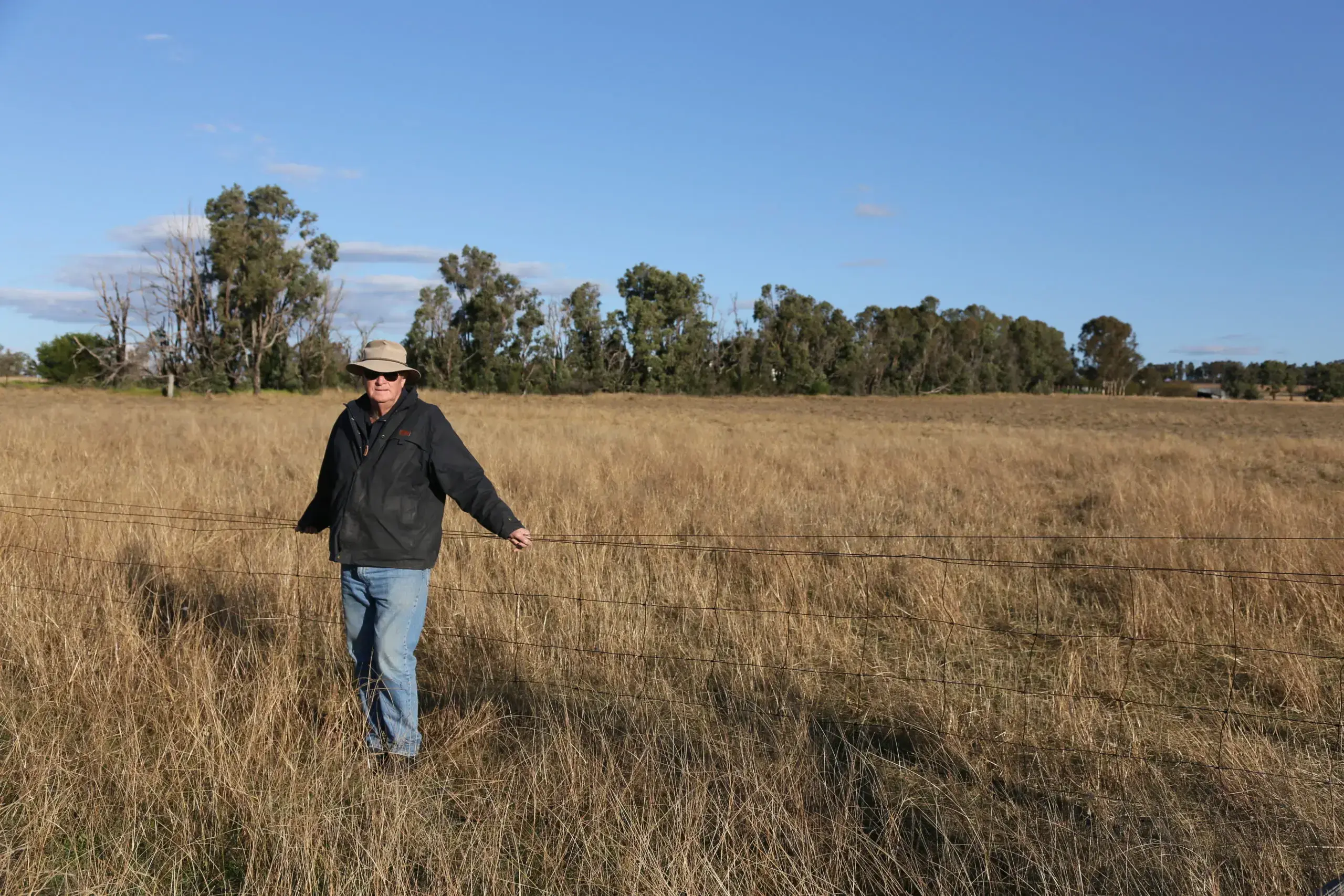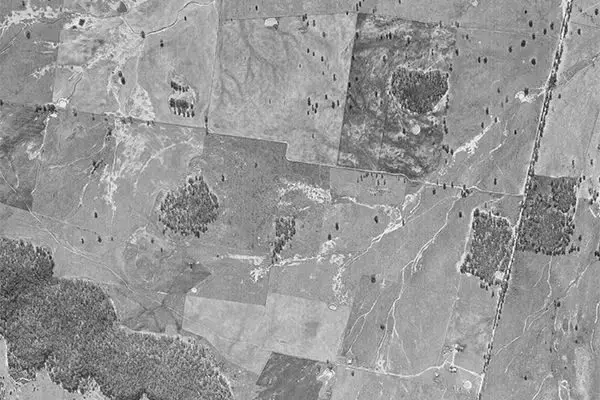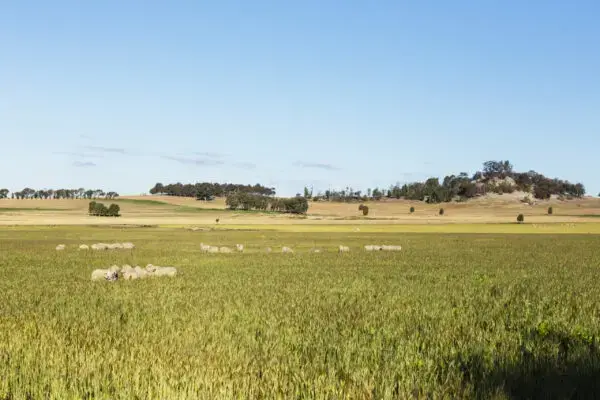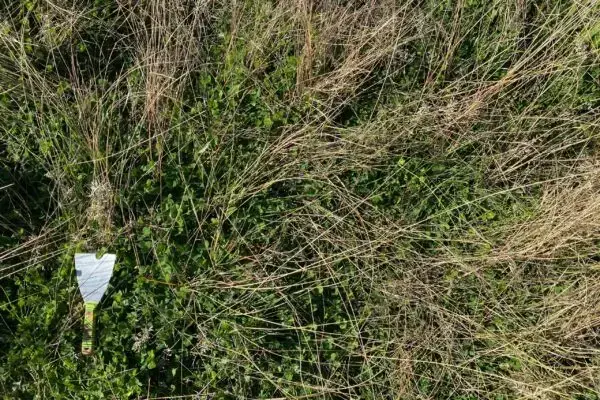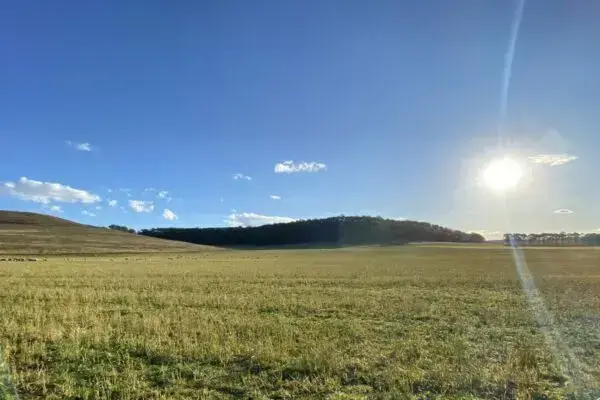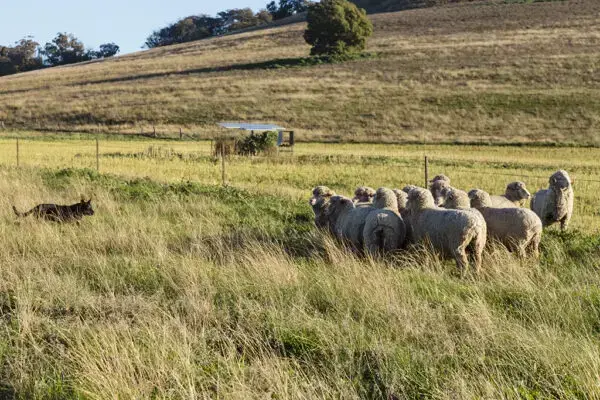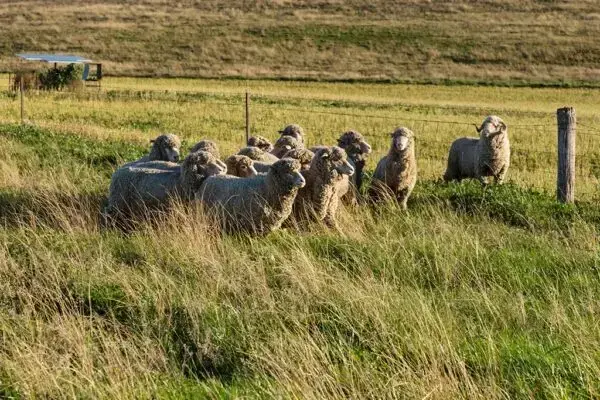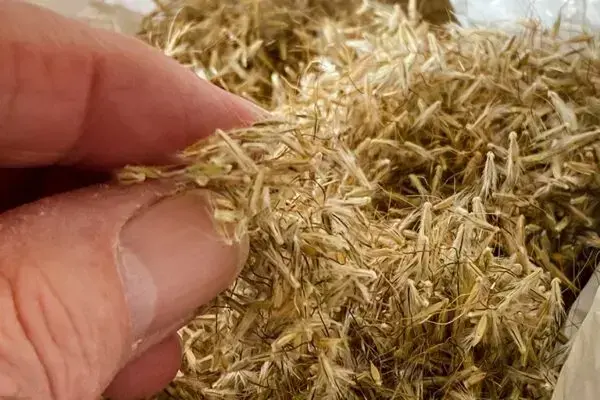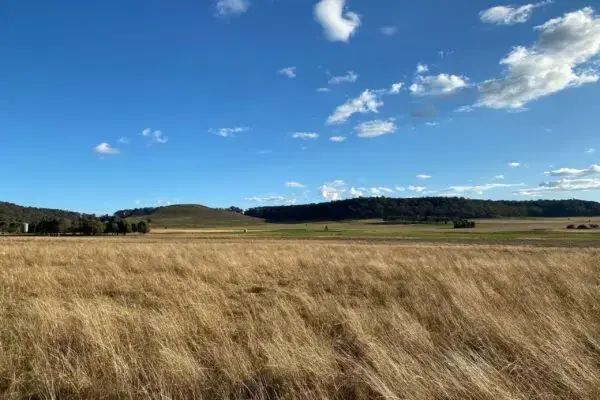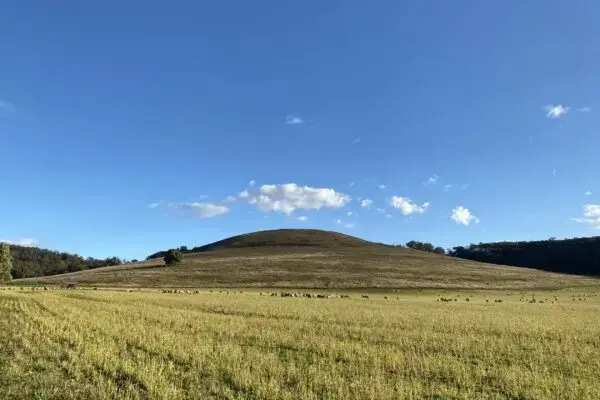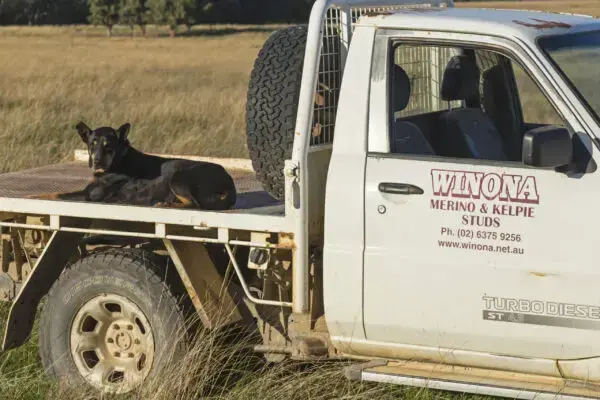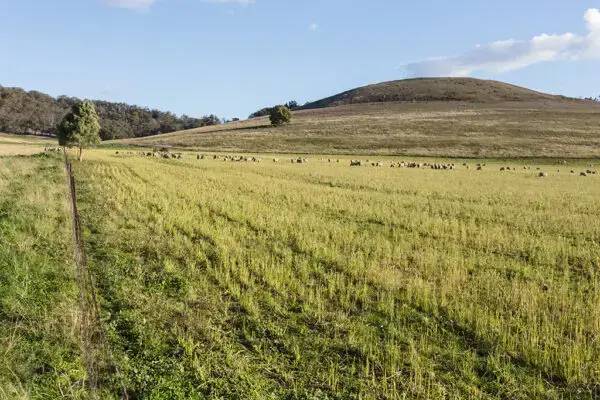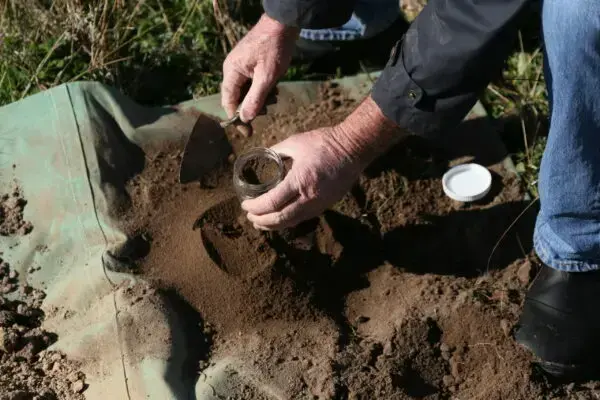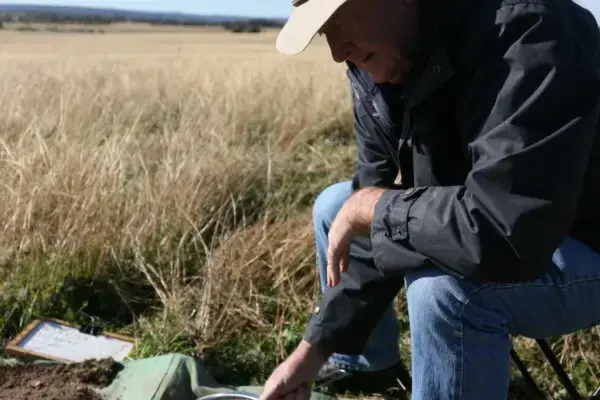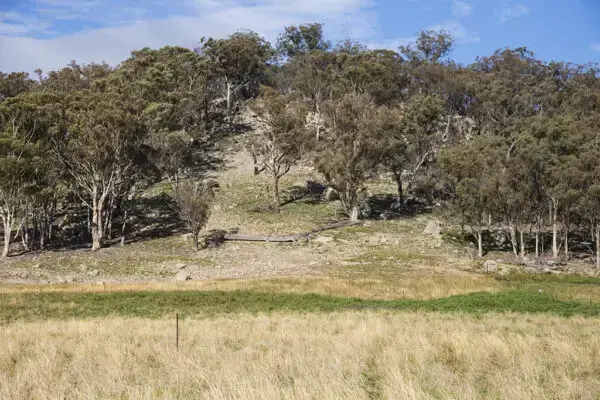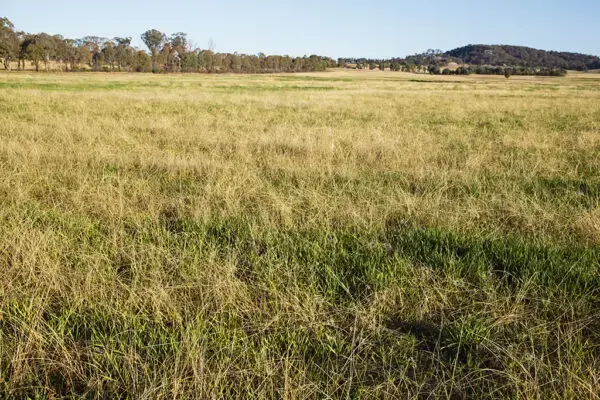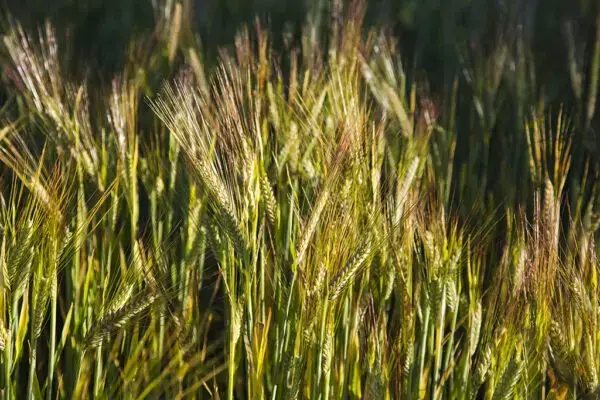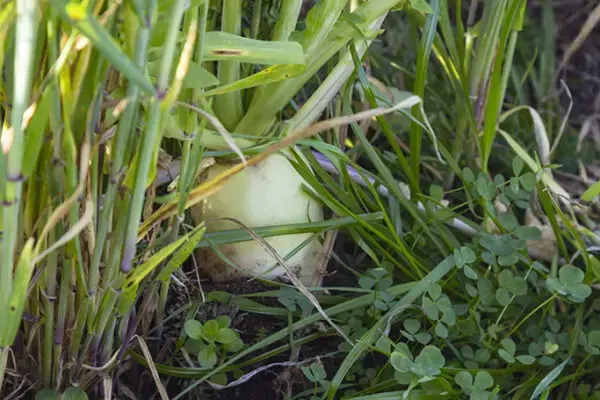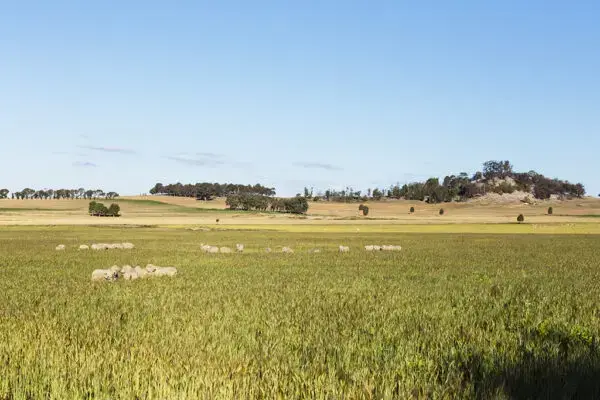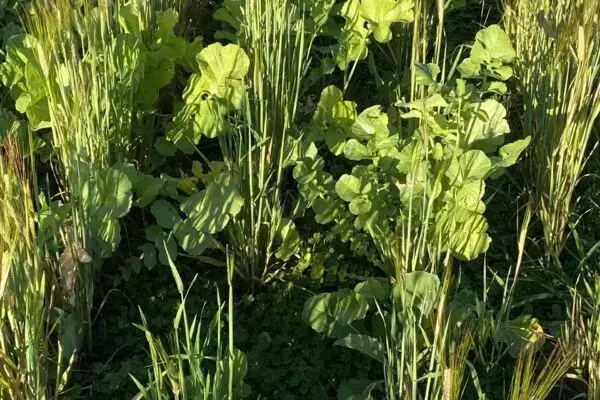‘Winona’
Revisiting Winona: A case study in resilience
A REGENERATIVE AGRICULTURE CASE STUDY
Colin Seis’ property Winona, north of Gulgong in the NSW Central Highlands, was one of the original case studies in regenerative agriculture conducted by Soils for Life in 2012. Our profile of Winona at that time told an incredible story of recovery. It detailed how the landscape, recovering from the effects of a devastating bushfire, plus suffering from salinity, declining soil quality, dying trees, and insect attack has been rehabilitated under Colin Seis’ innovative management, in particular his development of pasture cropping.
This year, Soils For Life revisited Winona to look at Colin’s ongoing soil and landscape rehabilitation journey and the ongoing ecological improvement since the original case study. We conducted soil testing to add to our understanding of the positive impacts on the soils of Colin’s property regenerative practices. We also took a closer look at Winona’s financials to understand how Col’s regenerative practices have had a positive impact on the profitability, productivity and natural capital of the property.
Situated North of Gulgong in the headwaters of the Macquarie River catchment, Winona is a land of flat plains and gentle slopes rising to hilltops and granite, basalt, sandstone or shale ridges. The property, that supports a self-replacing merino flock of around 4000, comprises 840 ha subdivided into 76 conventionally-fenced paddocks with a system of laneways for the efficient moving of stock. It is land that Colin’s family have been farming for four generations.
FARM FACTS
ENTERPRISE: Sheep. Crops. Native Grass Seed. Kelpie Dogs.
PROPERTY SIZE: 840 acres
AVERAGE ANNUAL RAINFALL: 650 mm
ELEVATION: 460-580 m
SOIL: Brown Chromosol (an abrupt increase in texture between the topsoil and subsoil which is not strongly acid or sodic).
AGROCLIMATIC REGION: Temperature, sub-humid.
MOTIVATION FOR CHANGE: Loss after major bushfire necessitating establishment of a low-input agricultural system
INNOVATIONS
- Developing and implementing ‘pasture cropping’
- ‘Multi-species pasture cropping’ for high quality stock feed and soil restoration
- Time-controlled rotational grazing
- ‘Vertical Stacking’ of enterprises – cropping, native grass seed, sheep wool and meat
- Innovations commenced: Time controlled grazing 1993/Pasture cropping 1993
KEY RESULTS
- Annual input costs reduced by over $120,000
- Soil carbon increased by 203% in 10 years
- Delivering three production lines from each paddock
- Improved wool quality
PHOTO TOUR OF WINONA
Take a tour of Winona with Colin Seis
Colin has implemented a number of regenerative practices in order to improve the productivity and sustainability of the property. He runs a number of enterprises that are ‘vertically-stacked’ including cropping, native grass seed, sheep wool and meat enterprises. Listen to Col describe his property as you browse the gallery below. Click to enlarge.
LEARN PASTURE CROPPING FROM COLIN SEIS
Learn from Colin Seis
Pasture composition is critical to Colin’s success with pasture cropping and he has developed a training program to help others successfully implement a pasture cropping system in their landscape. This course, developed with Smartsoil, can help landholders avoid the pitfalls and have the tools and methods to regenerate their perennial native grasslands and soil ecosystems while maintaining a productive and profitable enterprise.
Pasture cropping for resilience
The Seis family have been in the district since 1868 when Colin’s Great Grandfather selected the original family property. Colin’s father, Harry Seis, purchased ‘Winona’ in 1929, and Colin has managed Winona since the 1970s. Today, it is managed jointly by Colin and his son Nick.
During his lifetime, Colin has seen the devastating impacts of fire, soil erosion, drought and flood on Winona. In fact, fire was the driving force behind Colin’s switch to low-input, regenerative practices. He reports that once he began and refined the practice of pasture cropping, he noticed a gradual improvement in the resilience of his enterprise to drought, especially when pasture cropping was combined with time-controlled grazing. Pasture cropping involves combining a commercial crop (grains or other) with one or more pasture species.
Maintaining dominance of summer active (C4) grasses in the pasture cropping system also improves the property’s resilience to fire. These C4 (summer-growing) grasses remain active and green in summer, responding well to summer showers. This reduces fire risk in high to extreme fire danger periods during the summer. These grasses “hay off” in the winter when the risk of wildfire is low. Although in drought years, the fuel load is naturally low, grazing can be used as a management tool to reduce fuel load where necessary, but while maintaining ground cover.
This approach contrasts with many of southern Australia’s grazing systems which are dominated by C3 (winter/spring growing) grasses that hay off in summer/autumn, which increases fuel load and fire risk. Added to this, the increased productivity of introduced grasses (such as Phalaris) often adds to the fuel load and fire risk in these agroecosystems.
Colin’s pasture cropping system ensures there is a year-round supply of fodder for his stock, including filling the regular winter and late summer “feed gaps” often experienced in this region. Colin says he is always prepared to sell stock during drought, but that the need to do so was minimised during the last drought as his well-maintained pasture responded well even to very light showers of rain. Recovery from drought is quicker too. Our team reported excellent ground cover of desirable species soon after the drought broke in February 2020. This compares with bare paddocks on some other properties in the region.
Resilient, protected, productive soils
Pasture cropping allows abundant and continuous groundcover to help protect the soils on Winona. Our recent testing showed that the soils on Winona are naturally fragile, low fertility soils. The gullies observed by our team on areas of roadway not protected by groundcover demonstrated just how vulnerable the Winona Soils could be. However, these naturally fragile soils are resilient, protected and productive under a no-till pasture cropping regime.
Productivity and profitability on Winona
As part of our revisit to Winona, our team carried out an economic analyses of the years since our first case study in 2012. This analysis showed that Winona consistently outperforms other farms when benchmarked against the relevant ABARES data – described as the ‘average farm’.
Pasture cropping is just one of the regenerative practices Colin uses to achieve good economic, and ecological results on his farm. Colin also uses holistic management techniques, an intensive rotational grazing system where livestock are rotated on a time-controlled basis to maximise pasture utilisation. In addition, the Seis family integrate multiple production systems including harvesting native grass seeds and cereal crops. Colin has succeeded in simultaneously operating multiple enterprises on the same land whilst also improving soil health, fertility and ground cover.
The vertical stacking of enterprises on Winona increases income productivity per hectare beyond that of the ‘average farm’. Combined with good onsite water storage and pasture cropping, this has enabled the property to maintain high productivity through periods of limited rainfall. By integrating cropping and grazing enterprises, fodder expenses are significantly reduced aside from drought management strategic fodder purchases. Of course, the combination of regenerative practices has decreased the property’s reliance on fertilisers, herbicides, and pesticides, which subsequently reduces input costs relative to the ‘average farm’ year on year.
The combination of these benefits has resulted in profit and gross margins for Winona consistently exceeding those of the ‘average farm’. During the period the profit margin ratio for Winona was 19.4% compared to the benchmark of -3.5% – a great result in anyone’s books!
THIS CASE STUDY WAS PUBLISHED IN SEPTEMBER 2012 AS PART OF THE SOILS FOR LIFE INNOVATIONS FOR REGENERATIVE LANDSCAPE MANAGEMENT PROJECT.
DOWNLOAD THE FULL PROJECT REPORT OR CONTACT US TO ORDER A COPY.
This project is supported by Soils for Life, through funding from the Australian Government’s National Landcare Program.




